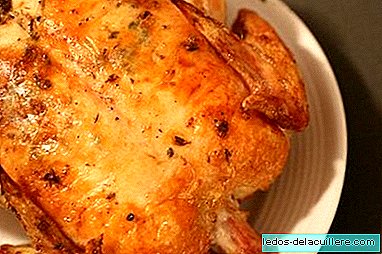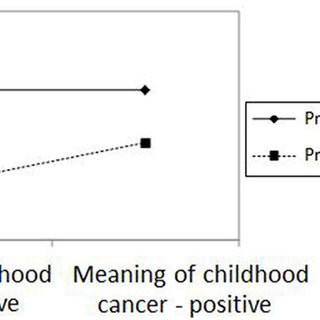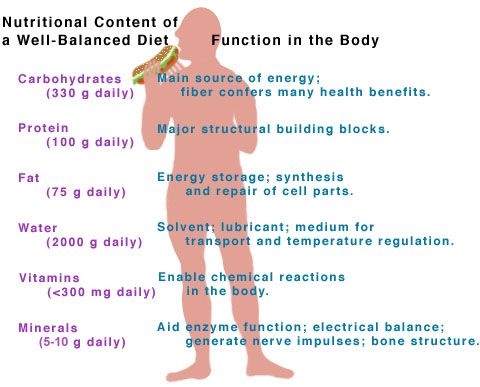
We continue with our review of the foods that constitute the diet of the smallest since they introduce complementary feeding, from six months.
In the last entry we talked about the introduction of meat in infant feeding, the third food group that is incorporated after cereals and fruits and vegetables.
They are the first food of animal origin that the baby tastes, so you have to go calmly and observe how it is tolerated.
Because they come from small animals and are the least allergenic meats, the first ones offered are the so-called white meats: chicken, turkey and rabbit.
The chicken
Chicken is one of the most consumed birds and its meat, one of the leanest. It is tender, tasty and easy to digest because of its low fat content, which is why it is usually the first one that is given to test the baby at six months.
As for its nutritional properties, the protein intake is similar to that of any other type of meat (20 percent) and contains type B vitamins, especially folic acid and vitamin B3 or niacin. The latter is beneficial for the proper functioning of the brain, blood circulation, collagen formation and liver function.
As for the minerals it provides, it is lower in iron and zinc but higher in phosphorus and potassium compared to red meat.
It does not contain appreciable amounts of carbohydrates and provides monounsaturated and polyunsaturated fatty acids.
The great advantage of chicken is that its nutritional intake is very rich, it is similar to that of red meat, but it contains few fats and calories. For every 100 grams of chicken, 125 calories (without skin) are calculated.
Its characteristics make it a good food, as well as being economical and versatile when cooking.
How to prepare the chicken
The most suitable chicken pieces for the baby are the breast, the leanest, and thigh. Then, when you are older, we can offer you other pieces such as the ham to eat with your hands.
We must also take into account when buying it that older chickens are the most fatty, so we will prefer the younger ones.
With regard to cooking, the meat must be tender but at the same time well done to make sure that salmonella, the bacteria causing salmonellosis, has been destroyed.
The chicken gives a lot of play when cooking. There are several ways to prepare this grateful meat. It must be prepared without salt, or condiments that hide the true flavor of the meat, in addition to that they can be harmful to the baby. It is recommended to remove the skin and of course, any bones.
It can be roasted, boiled, grilled, baked, stewed or sauteed, but keep in mind that older chickens are harder meats and need more cooking time to soften them.
Breaded or battered are good options, at least until you check that the baby is not allergic to gluten or egg, so you will have to wait for the age of introduction of these foods.
The ideal to start is mash the chicken in the vegetable puree, about 20 grams of meat is a good measure to start. You can later offer the chicken in strips for the baby to suck, but avoid small pieces until it is able to chew.
The turkey

Another highly consumed bird is turkey, although not as much as chicken. Being a lean food, low in fat and easy to digest, it is, like chicken, very suitable for the diet of the little ones.
You can start offering the baby from six months.
It is one of the meats that contains more protein. It is rich in iron easily absorbed by the body and also highlights its content in potassium, magnesium, phosphorus and zinc.
Like chicken, it contains folic acid and B vitamins, including vitamin B3 or niacin, beneficial for brain function.
It is a very tasty meat whose main characteristic is its low fat and cholesterol. For all this it is a very healthy option for both children and adults.
How to prepare turkey
The best piece to offer the baby for being the most lean is the turkey breast. You have to remove the skin, it is the part that contains the most fat.
When buying it, you have to choose the young turkey (because it will have a more tender meat) with soft and white skin, without spots and firm meat (not sticky), which indicates that it is fresh.
When preparing it, you should know that turkey meat is easily contaminated, so we should not defrost it at room temperature (do it in the refrigerator), keep it separated from other foods and if possible in its original packaging.
The most common way to cook the turkey is roasted in the oven (sometimes stuffed with vegetables), it can also be fried or included in stews or stews.
Smoked turkey should not be offered to the baby, nor in the form of cold cuts as salts and preservatives are added that are harmful to young children.
Like chicken, the best thing to start giving it to the baby It is crushed and mixed in the vegetable puree.
Rabbit

The rabbit is not a meat as usual in infant feeding as it can be chicken or turkey, but it is a good option to include in the diet of the little ones from six months.
Enter the group of so-called white meats. Its meat is lean and very soft, therefore it is very easy to chew and very digestive thanks to its low collagen content, being ideal for sensitive stomachs like those of children.
It is very healthy because it is low in calories, in cholesterol and contains a high amount of proteins of high biological value and essential amino acids.
His flesh has a great nutritional value. It has a high content of potassium, phosphorus and calcium. It contains few saturated fats and is rich in iron. Its content in vitamins of group B is remarkable, being the meat food richest in vitamin B3 or niacin, beneficial for growth and development, and especially in vitamin B12, a micronutrient that prevents the degeneration of neuronal cells.
Because of its vitamin intake, it is an ideal food to combat seasonal fatigue in children.
How to prepare the rabbit
There are many possible ways to cook the rabbit: stew, stew, boiled, baked, fried, casserole, in paella.
When buying it, you have to choose a young piece with pink flesh and flexible legs. The meat is less tasty but softer and easy to digest.
When preparing it, you should not add salt or condiments or batter it, as this would require egg.
Like the previous meats, the best thing to start offering rabbit meat is mashed and mixed in the vegetable puree. Later on, they can leave thicker pieces so that the baby becomes accustomed to the new texture and as a previous step to chewing.
Photos | thebittenword.com, saythehuntress, savemejebus In Babies and more | Complementary feeding: meat, Meats in infant feeding












